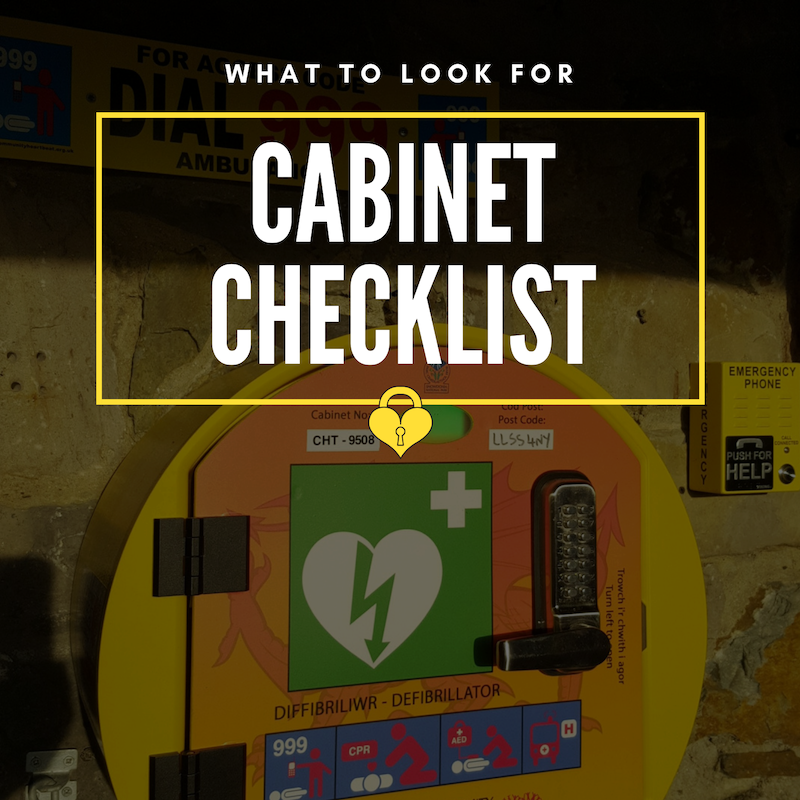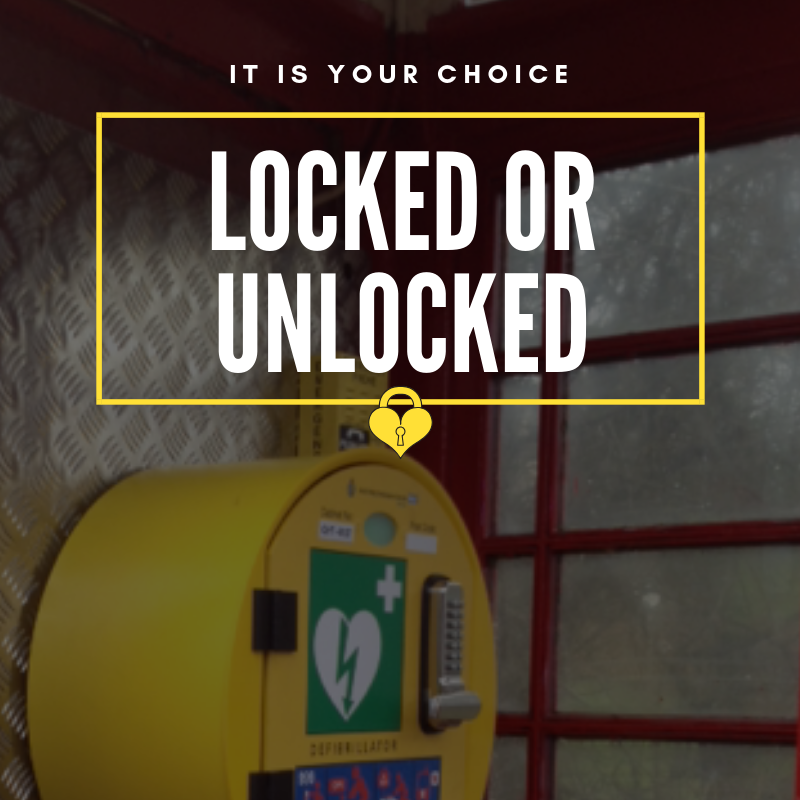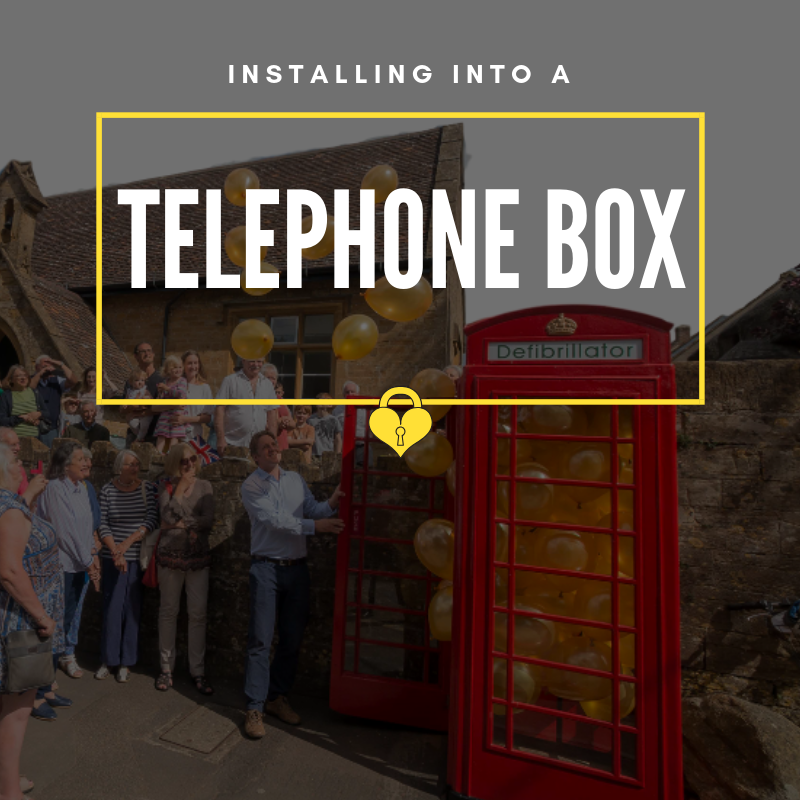PART OF THE MEDICAL EQUIPMENT
A defibrillator cabinet, in our view, is part of the medical equipment and should be viewed as such. This is a critical part of the management of the defibrillator and failure in this element could have knock-on implications.
Defibrillator manufacturers specify temperature and humidity ranges, and the cabinet is there to ensure these are adhered to, thereby reducing the possibility of failure of the equipment. Cabinets should be robust, and also take into account the locations being placed.
They also need an IP65 rating to protect from not only moisture but also dirt and insects. This IP rating needs to have been issued in the ‘end user configuration’ and not in a lab, or a pre-production base carcass. They should also be manufactured by ISO rated companies for quality assurance reasons, and if heated, comply with the relevant BSI requirements, such as for electrical safety and markings. They can be locked or unlocked, but if locked, should be high-quality stainless steel locks, not electronic. We believe cabinets should be highly visible, Hence traffic yellow, and not colours that may be mistaken for fire, police or non-medical. Above all, they should be designed for the purpose, not just adapted cabinets.
CABINETS FOR TELEPHONE BOXES
Not all defibrillator cabinets are suitable to be installed into telephone boxes and may need to be adapted to meet BT's requirements.
All CHT "ShockBox" Cabinets are Class II (From an ISO Rated Manufacturer) and designed to be 12-24V Installed With RCD & Certificate Issued and therefore meet BT's approval.
"We recommend Community Heartbeat Trust to supply defibrillators due to their compliance to BS7671 electrical safety standards. cabinet compliant to BS7671-416/417 in its construction by ISO 9001/2 certified manufacturer. Also, a Governance system to demonstrate the management of the defibrillator. BT works closely with CHT and they are our preferred route for defibrillator installations, they have written consent from us to connect a defibrillator




